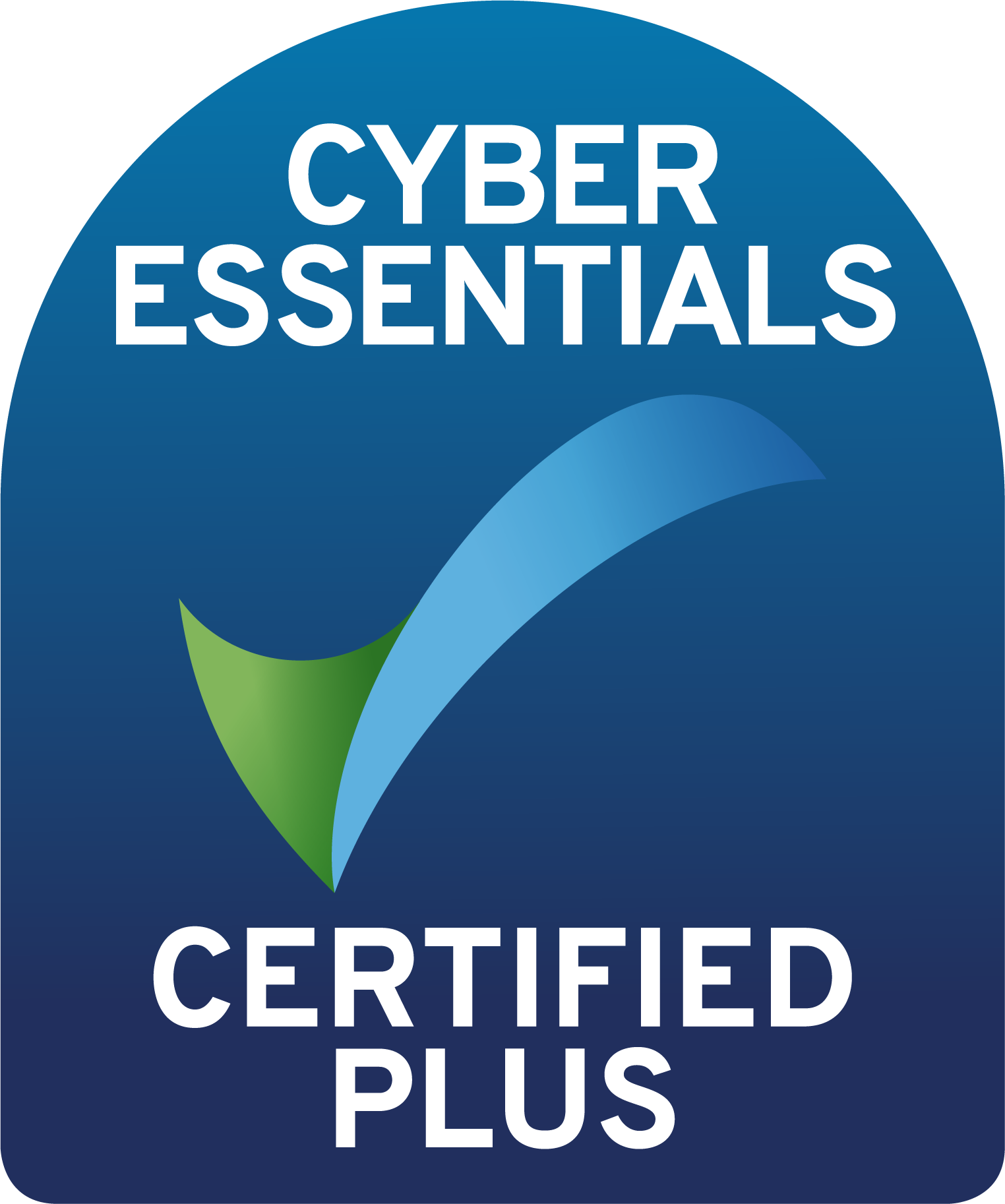Welcome to Chapter 3 – Part 1 of our Beginner’s Guide to Microsoft Teams.
In this chapter, we’ll be looking at the comparisons between Microsoft Teams and other communication tools.

One of the main things to note in this comparison, is that Skype for Business has an official retirement date of 31st July 2021.
Businesses that are still using the Skype for Business system should start planning their migration to other systems such as Microsoft Teams – the integral hub for teamwork and collaboration under the Microsoft 365 suite of services.
If you’re considering a move to Microsoft Teams then you probably want to know how Teams and Skype for Business compare, and what additional benefits Teams can provide.
This guide provides a brief overview of some of the headline areas that distinguish the different platforms. In order to provide an easy to understand ‘like-for-like’ comparison between the two products, we have taken some key services being provided and listed the main differences and similarities between Teams and Skype for Business.
Audio and Video Calls
| MICROSOFT TEAMS | SKYPE FOR BUSINESS |
| Microsoft Teams provides more reliability across networks that may struggle with bandwidth or where internet speeds are low. As long as there are at least 1.2Mbps available you can enjoy a smooth, HD quality audio and video without having to worry about frequent freezing and stuttering. However – the demand may be slightly higher to provide a consistent service for HD group video calling. | In many ways, Skype for Business meetings are comparable to Microsoft Teams meetings. You can easily schedule a meeting through Outlook, or host an ad-hoc meeting with your team as well as external participants who do not have a Microsoft Teams account. Skype for Business also offers video conferencing calls that can support up to 250 people. Depending on your Microsoft 365 license, you can get 300 people or more in one Team. |
Chat and Messaging
| MICROSOFT TEAMS | SKYPE FOR BUSINESS |
| Chat capability is one of the most notable differences between Microsoft Teams and Skype for Business. Teams users can sign in to the application and access every private or group chat and view its full history. All conversations, files and links shared are readily available regardless of when you left or were added to the chat. Note – when you add a user to a Teams chat, you can select whether they have access to the conversation history or not. | With Skype for Business, you are able to add multiple contacts to a single group chat and chat individually to each of them. However, once you close the application or close the chat they disappear from subsequent chats. The conversation can still be saved, but it does require Microsoft Outlook to be your default mail client. |
Integrations
| MICROSOFT TEAMS | SKYPE FOR BUSINESS |
| Microsoft Teams has an ever growing mix of third-party applications that can be added to increase productivity and encourage collaboration. This helps users get quick access via a single application to all relevant files, users, and apps that they need to complete their day to day tasks. By syncing these additional apps with Microsoft Teams, users to share weather updates, stock information, news feeds and other points of interest without ever leaving the Microsoft Teams. | Skype for Business’s was predominantly used and limited to telephony apps and systems. Over time, some services added the ability to provide extra functionality but still did not provide the flexibility, agility and feature set provided by Microsoft Teams. Users migrating from Skype for Business to Microsoft Teams will notice considerable improvements in their ability to integrate additional apps and services with the platform. |
Transfer of Files
| MICROSOFT TEAMS | SKYPE FOR BUSINESS |
| For Microsoft Teams users, file transfers can be conducted through SharePoint and stored across the organisations’ SharePoint site. With the correct syncing in place, users can also access files directly within the Microsoft Teams application both online – and offline! | One of the limiting factors of Skype for Business, was that users could only transfer files directly from their computers, rather than synchronising with another platform the way Teams does with SharePoint. Unlike Microsoft Teams, file transfers that are made are not available for offline users. |
Guest Access
| MICROSOFT TEAMS | SKYPE FOR BUSINESS |
| Microsoft Teams also added a number of extra security features giving Administrators more control of the environment, which is far superior to the capabilities of Skype for Business. The “guest access” ability allows guests to create a channel, participate in private chats with staff, share files as well as post, edit and delete messages if needed. | Users can add external parties to their Skype for Business client to view whether these users were online, but provided less granularity than Microsoft Teams. Guests can join meetings even if they don’t have a Skype for Business account through an invitation via email or calendar, but they are required to install a web plugin or the full Skype for Business app to attend. |
The logical pathway for most businesses is to use Microsoft Teams out of the box, via their Microsoft 365 subscription. For businesses that have Skype for Business on-premise, or the legacy application, you must migrate to Microsoft Teams or alternative platforms by July 2021.
In summary, Microsoft Teams is the natural evolution for businesses using Skype for Business as it provides all of the same capabilities but with a huge amount of additional features and far superior functionality. The rich feature-set provided by Microsoft Teams alongside a Microsoft 365 subscription will enable businesses a streamlined collaboration tool kit for years to come.











